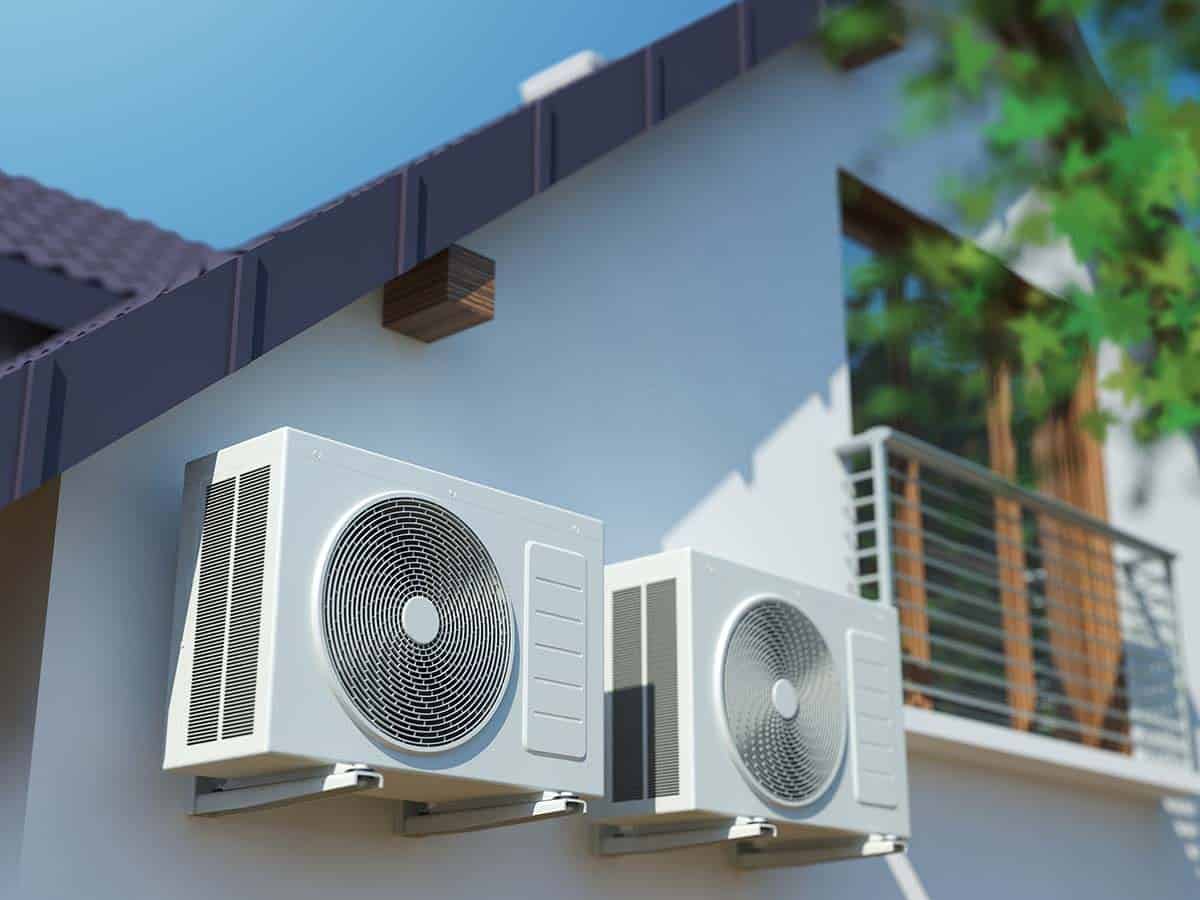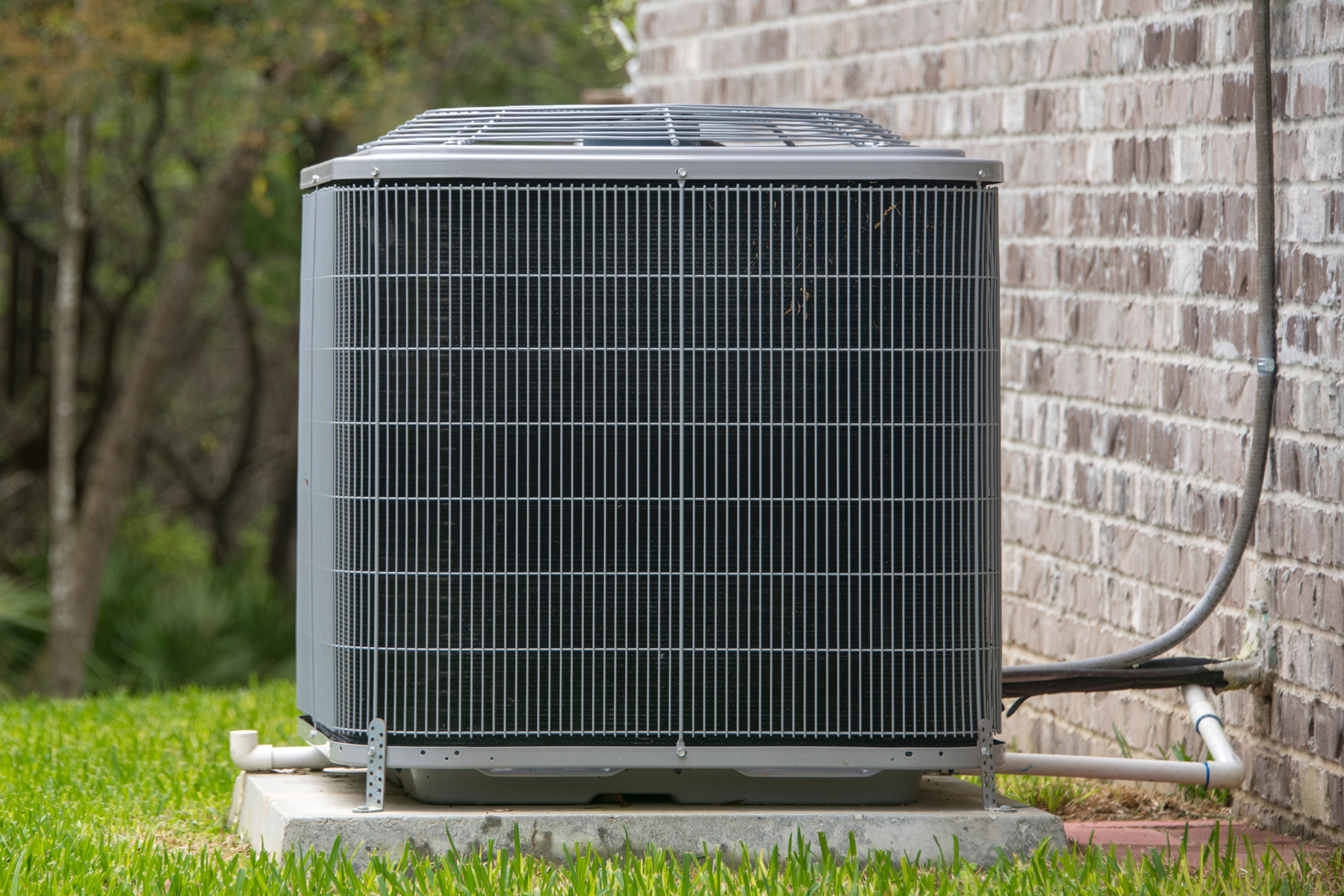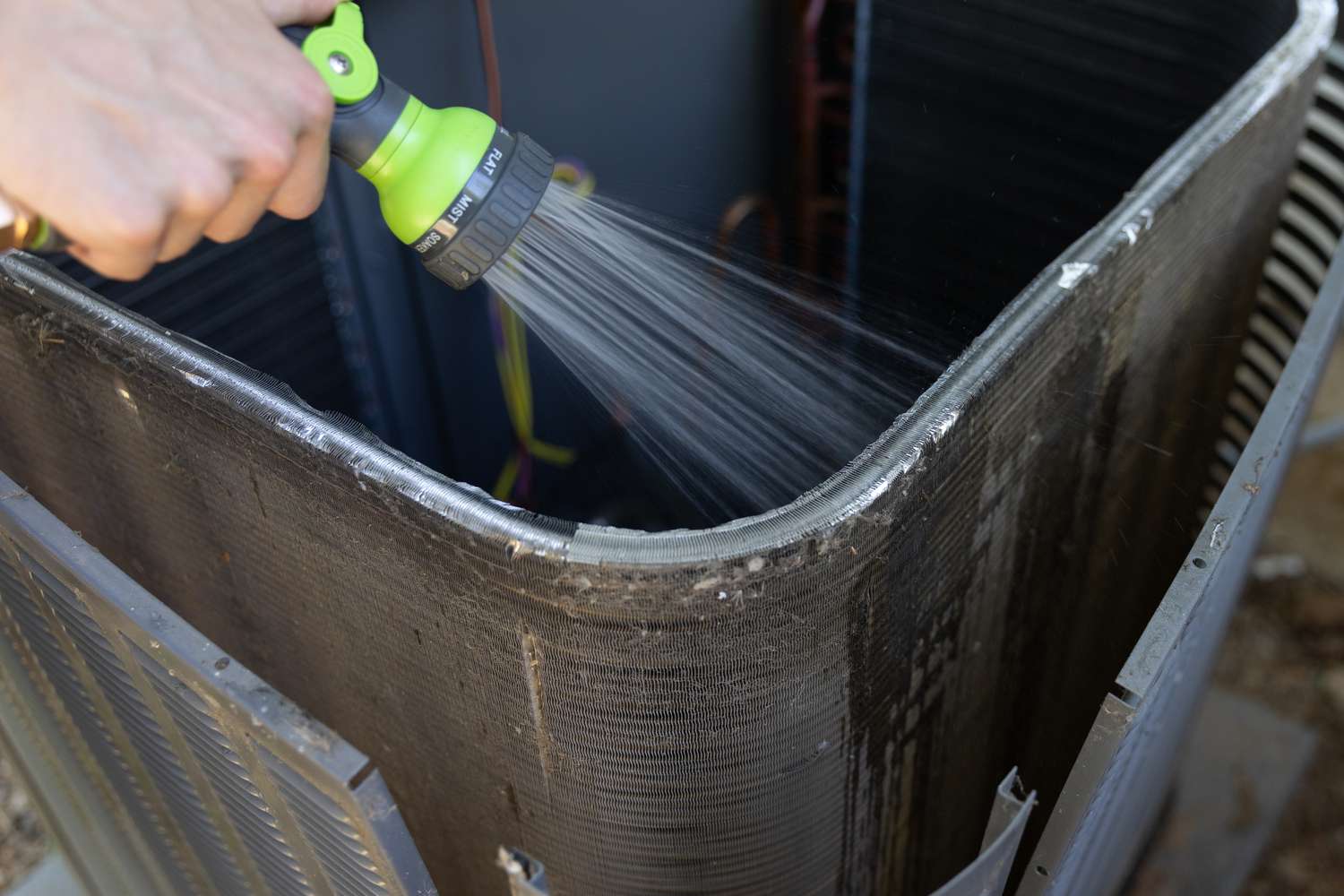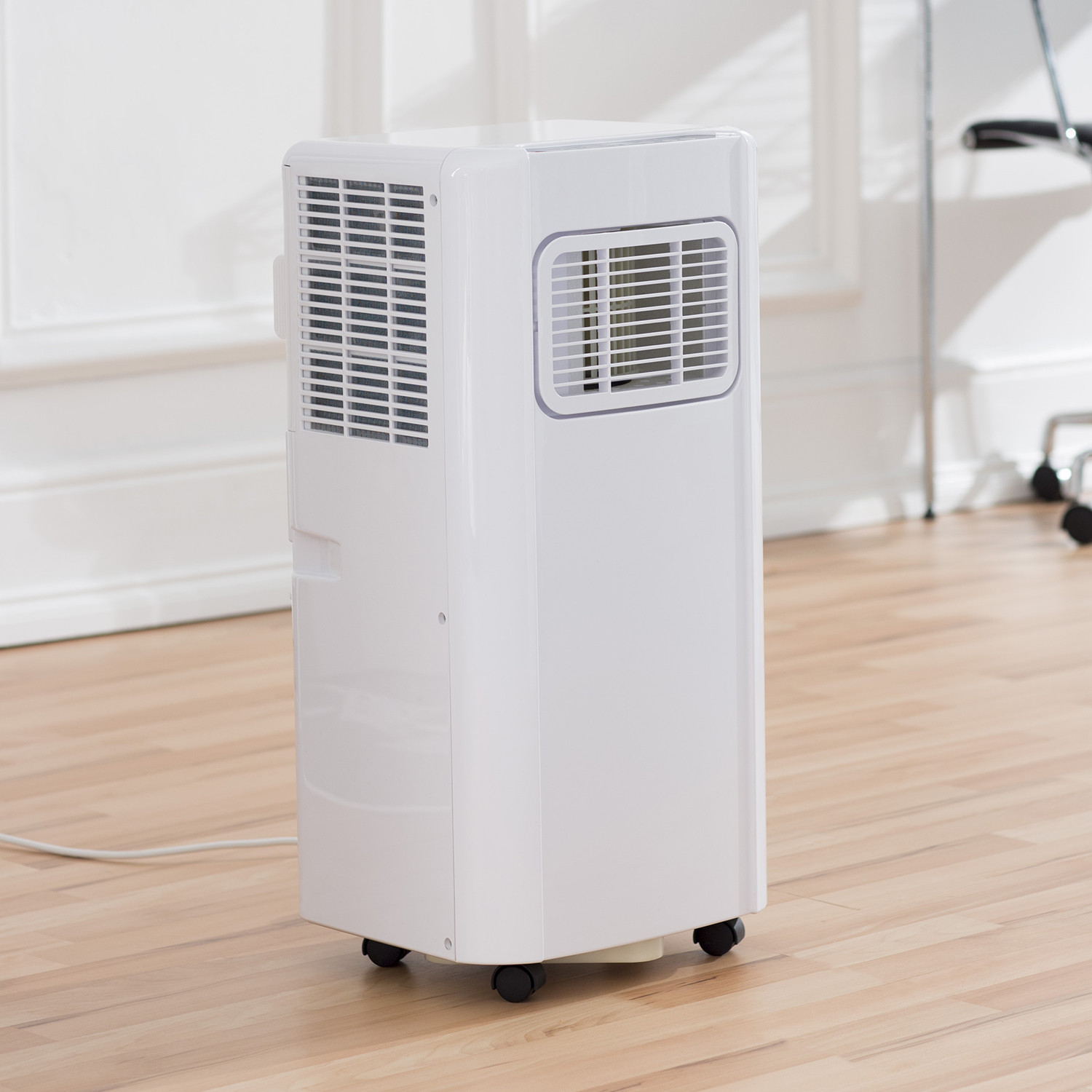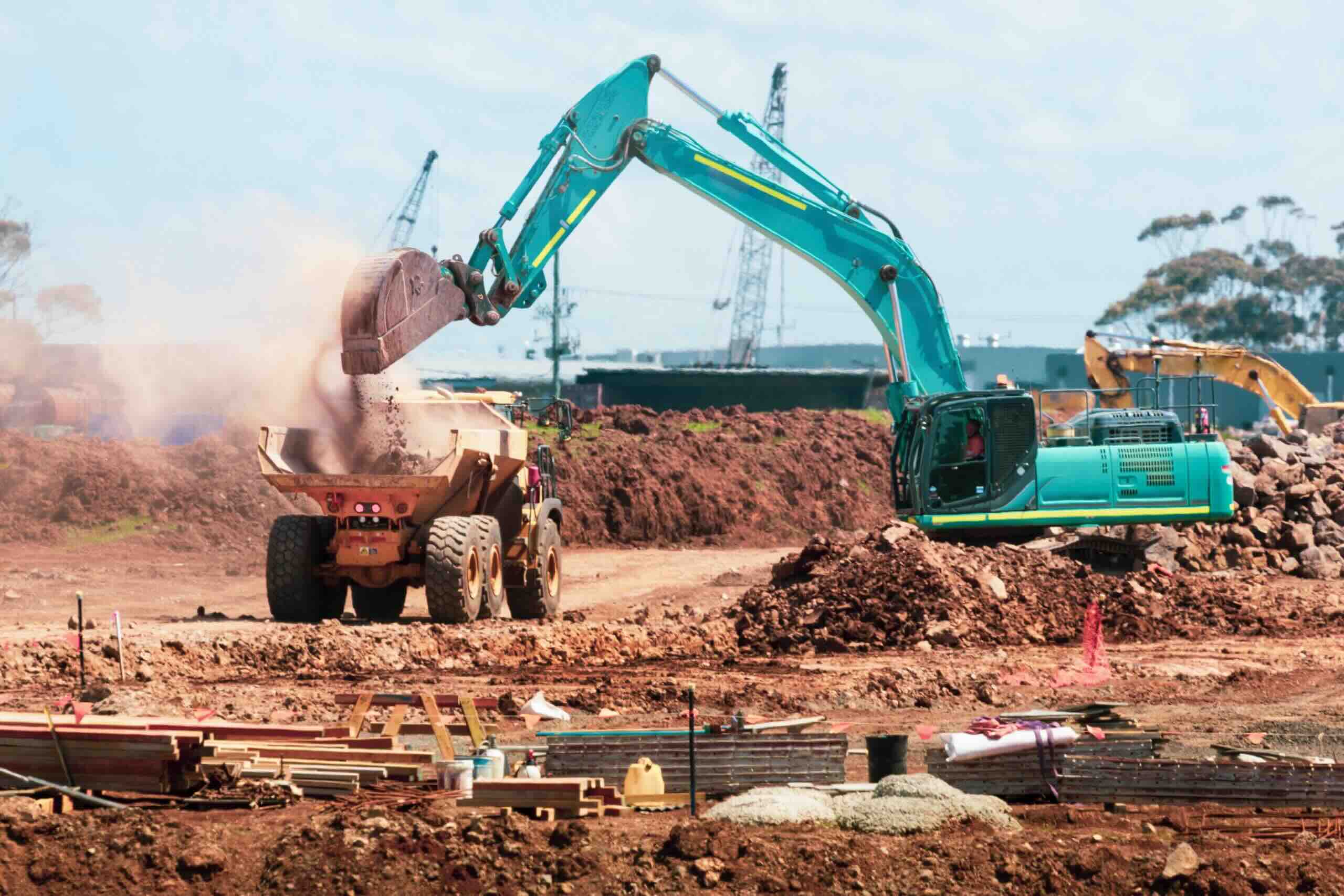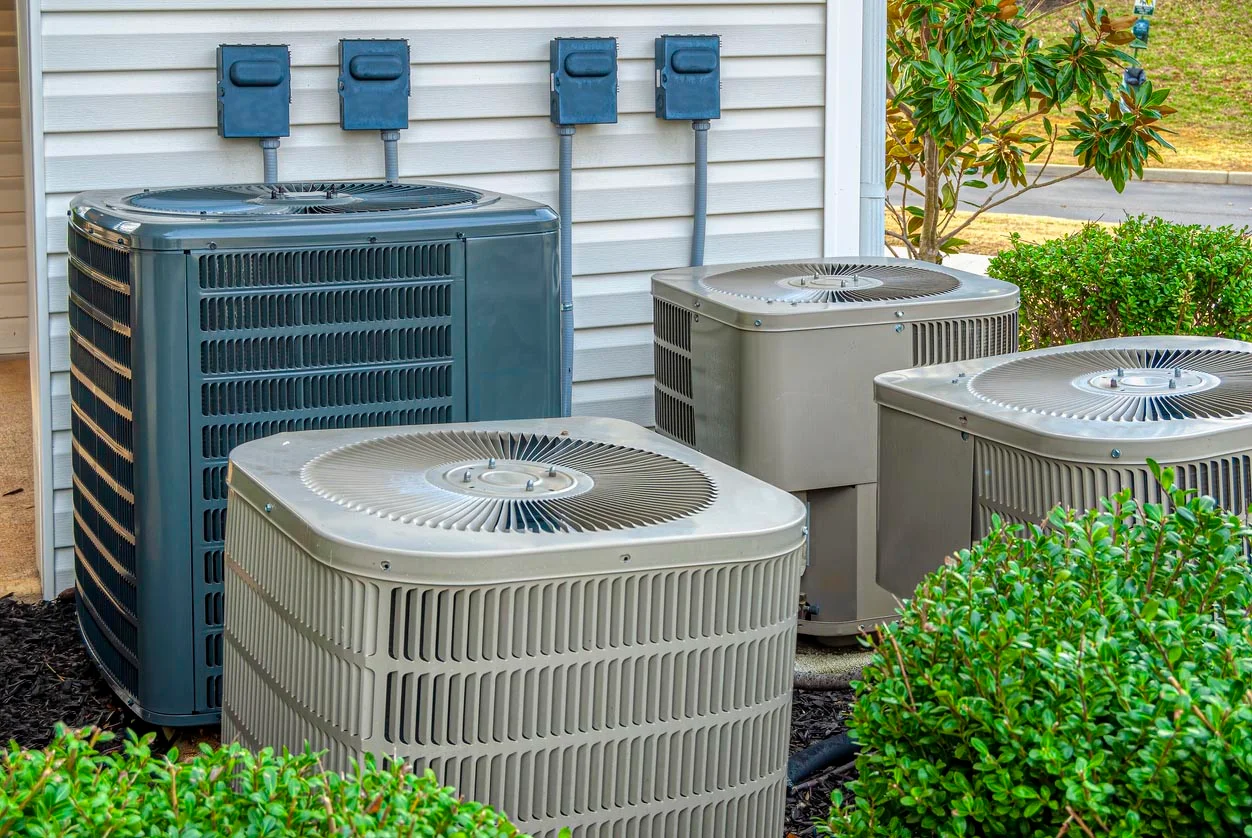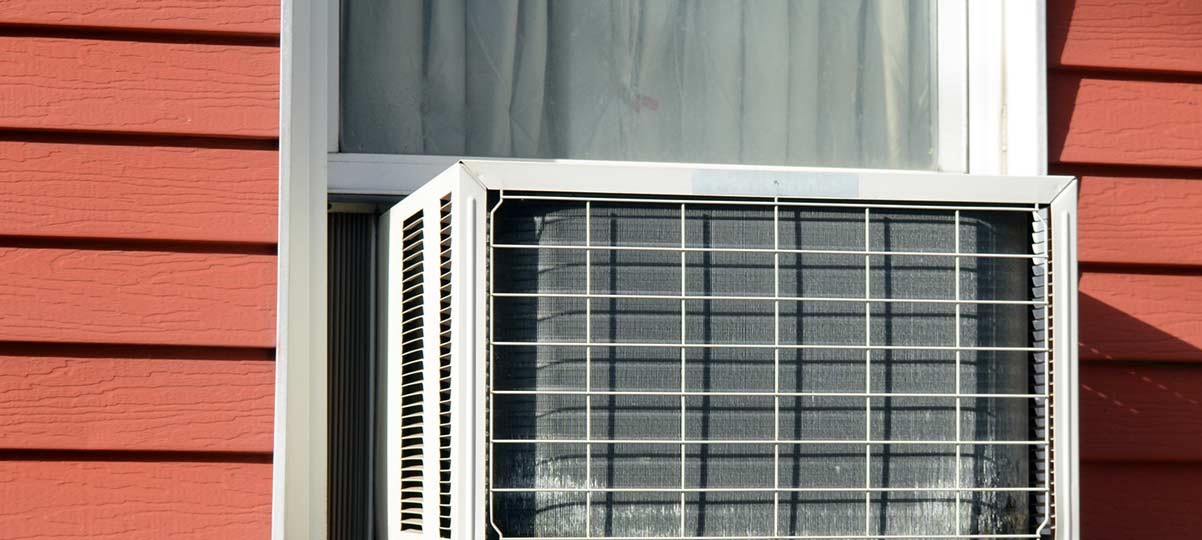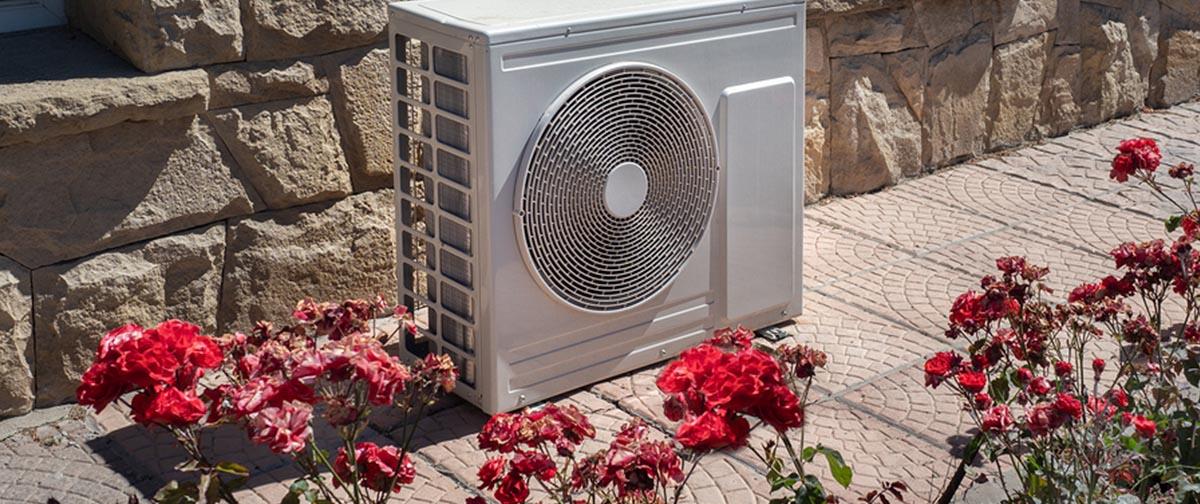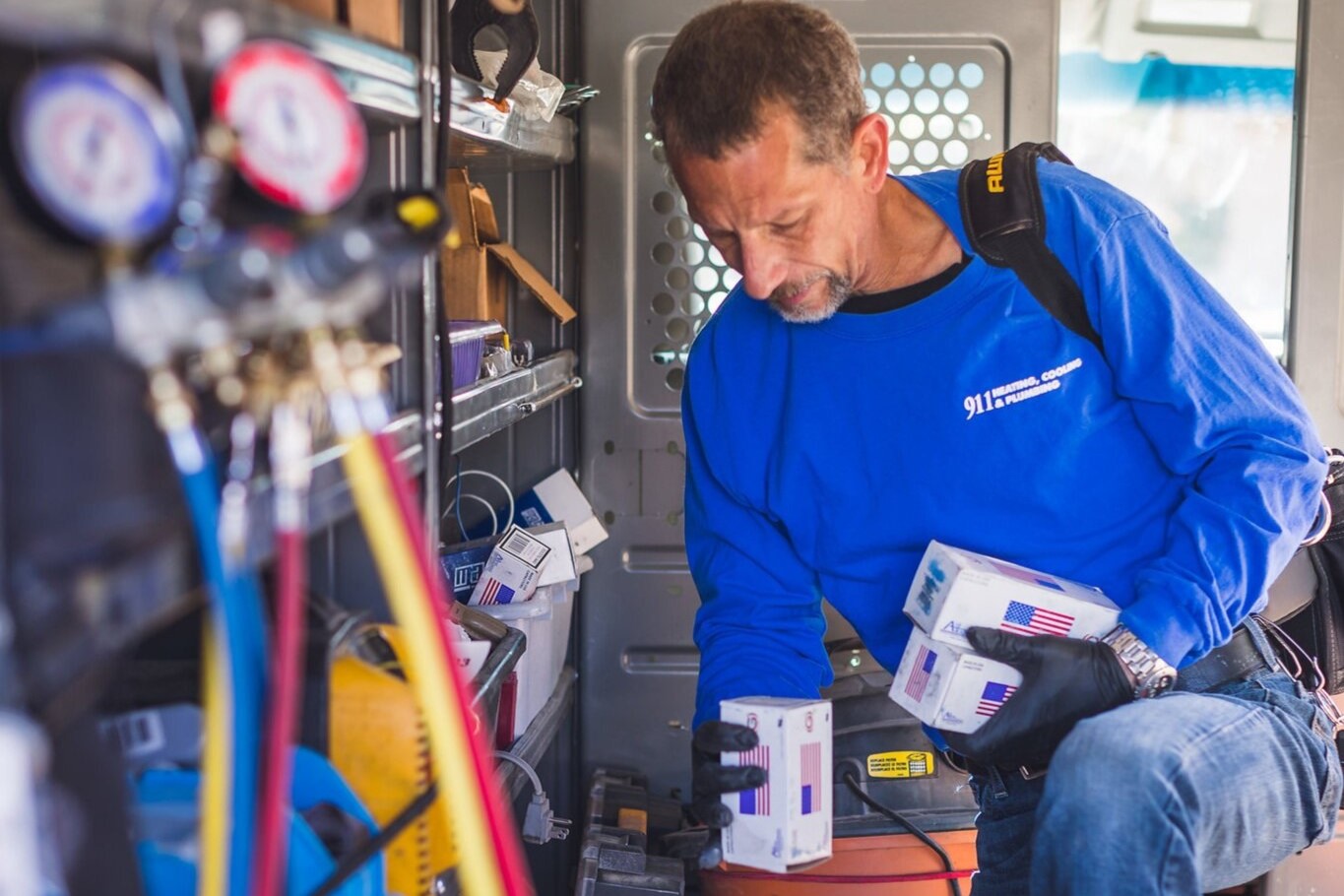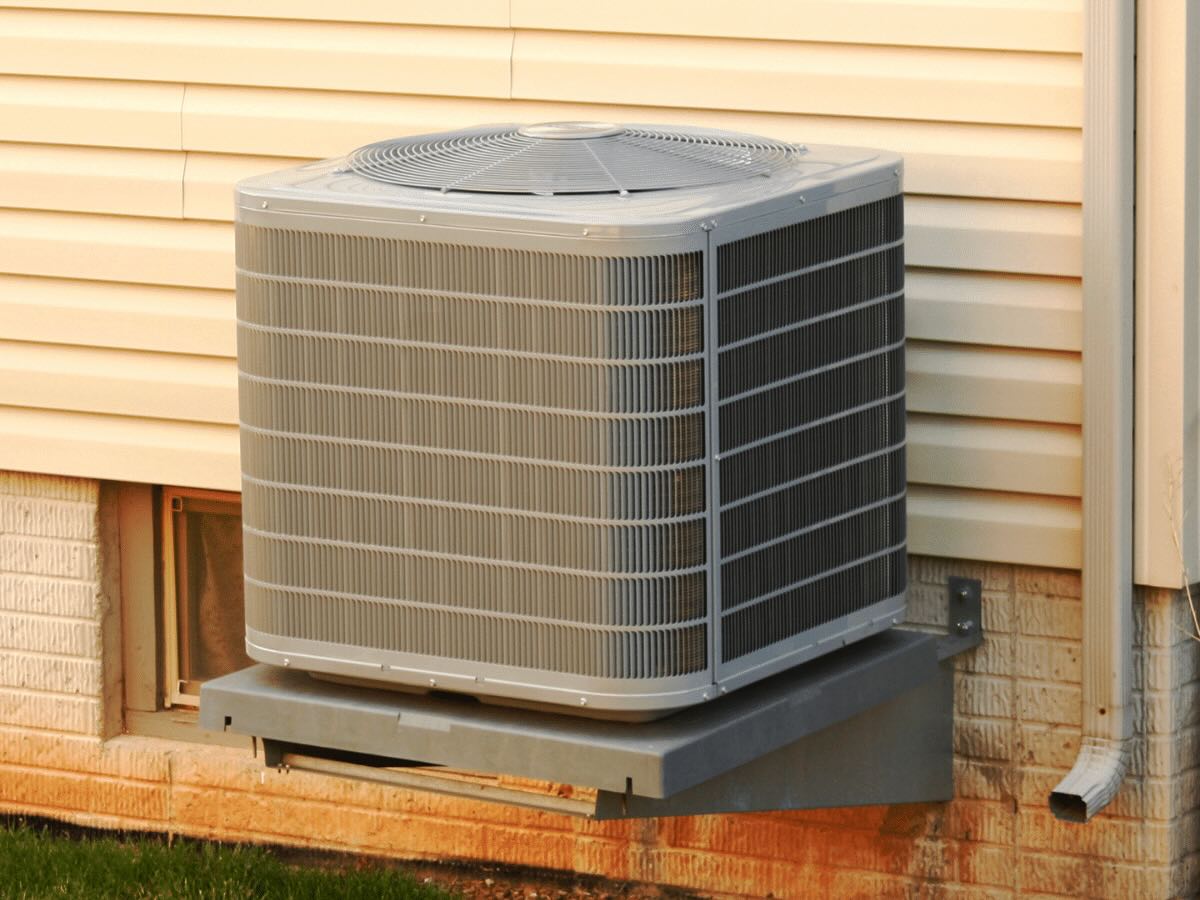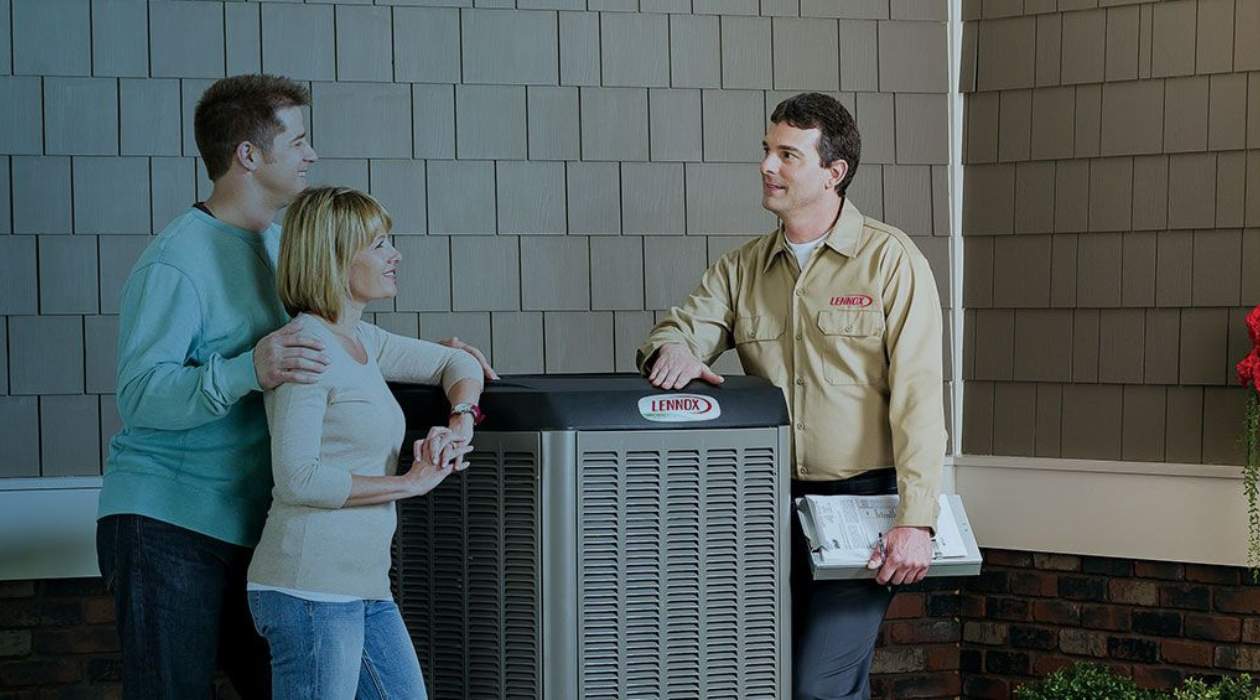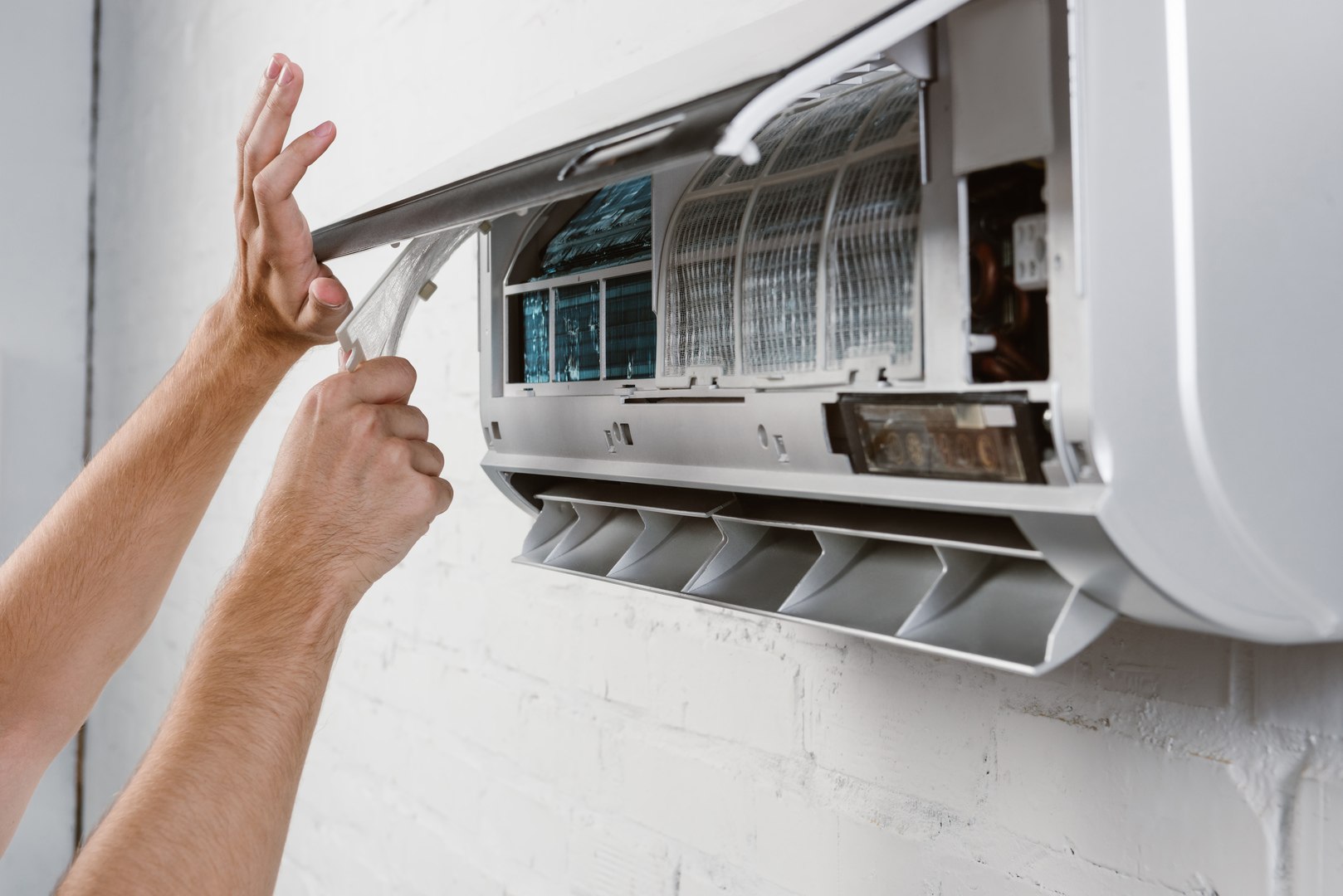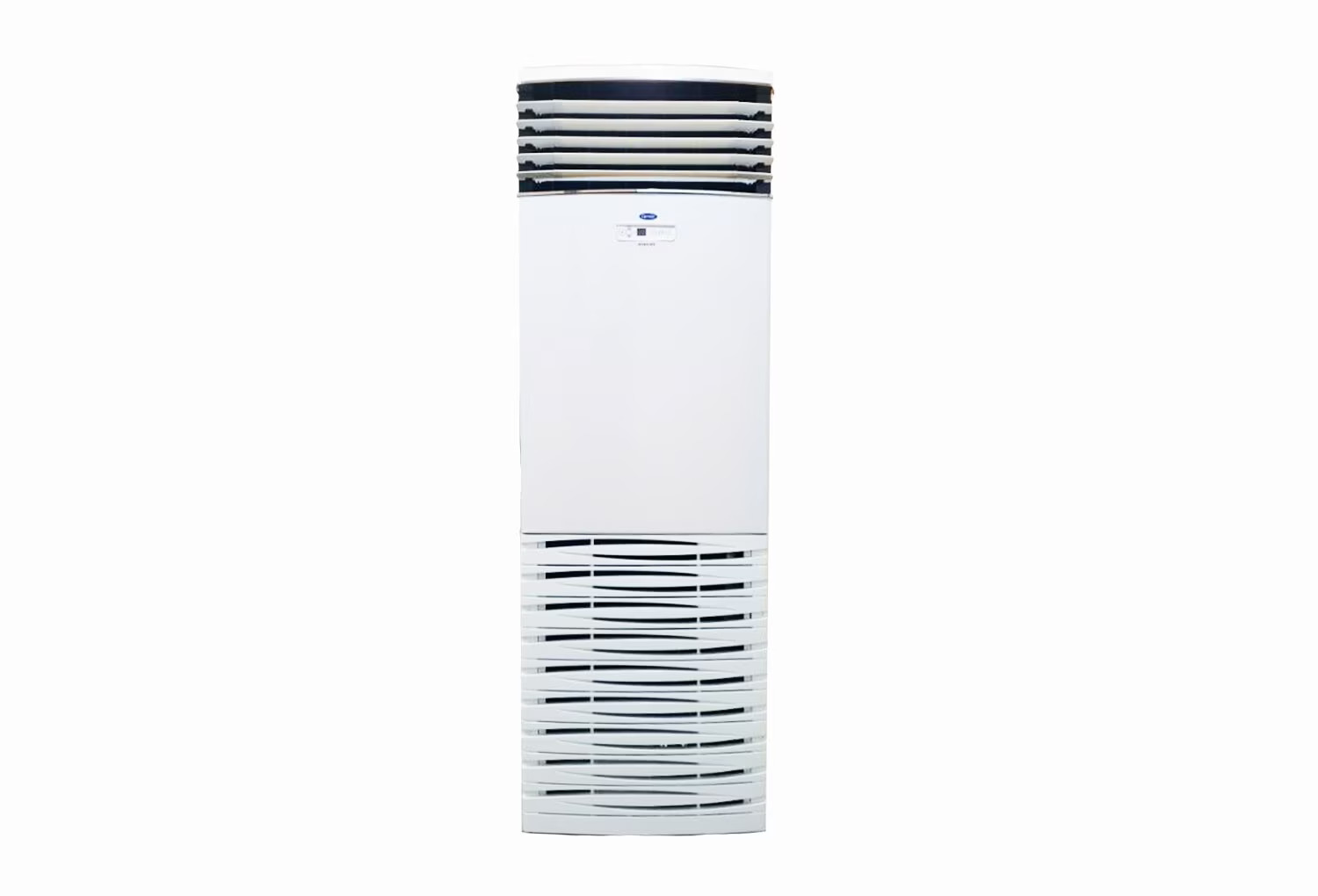Home>Home Maintenance>How Much Condensate Does An Air Conditioner Produce
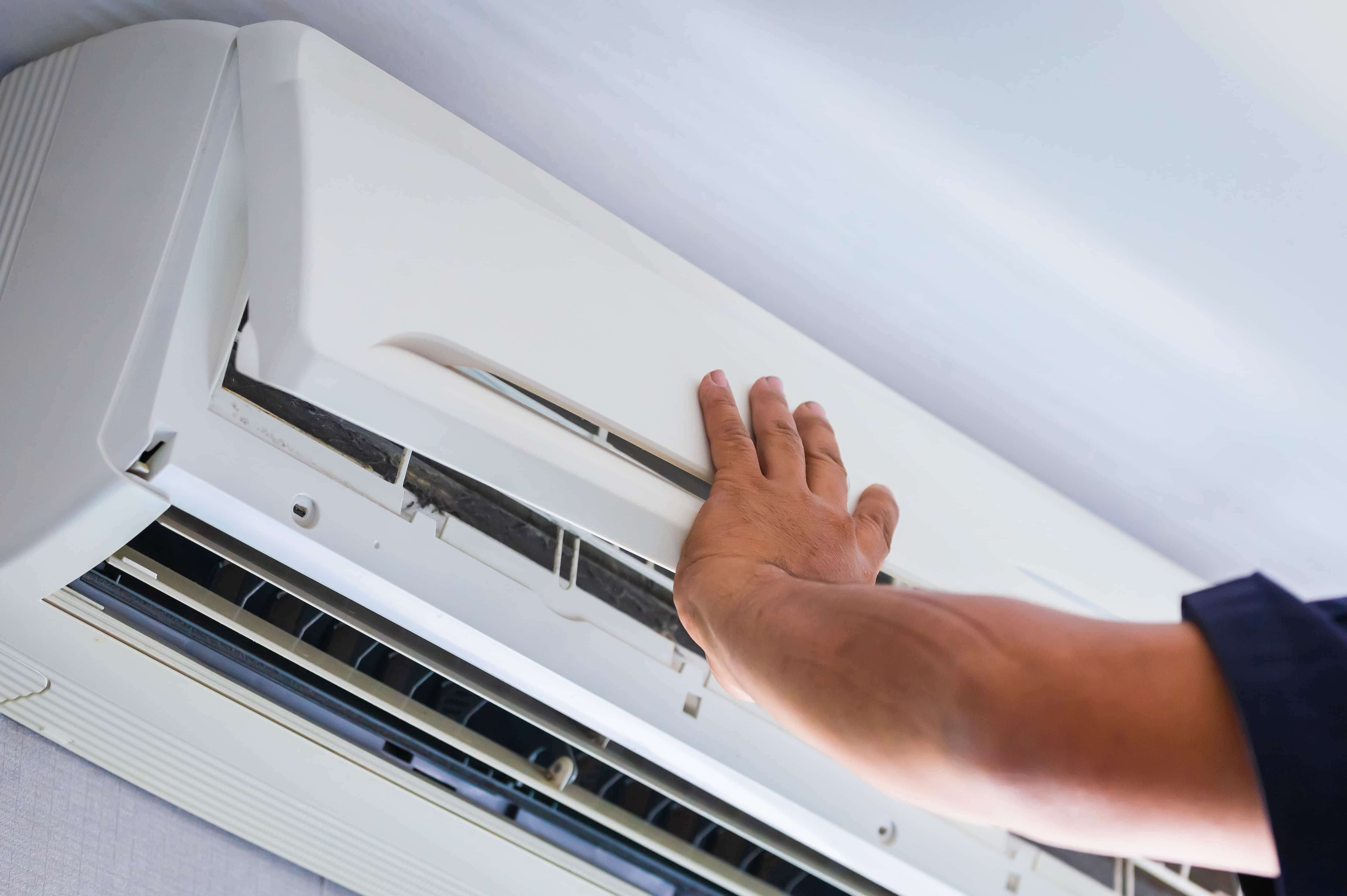

Home Maintenance
How Much Condensate Does An Air Conditioner Produce
Modified: August 27, 2024
Discover the amount of condensate an air conditioner produces in your home. Learn the importance of proper maintenance for efficient cooling.
(Many of the links in this article redirect to a specific reviewed product. Your purchase of these products through affiliate links helps to generate commission for Storables.com, at no extra cost. Learn more)
Introduction
Welcome to our comprehensive guide on condensate production in air conditioners. If you’ve ever wondered how much condensate your air conditioner produces or how to manage it effectively, you’ve come to the right place. Air conditioners play a crucial role in keeping our homes cool and comfortable, especially during those hot summer months. However, many people are unfamiliar with the process by which air conditioners generate condensate.
In this article, we will explore the concept of condensate, the factors that affect its production, how to measure condensate, and practical tips for managing condensate in your home. Whether you’re a homeowner or an HVAC technician, this guide will provide you with valuable insights into condensate production and its management.
Understanding how air conditioners work is essential before diving into the specifics of condensate production. Air conditioners work by extracting heat from indoor air and expelling it outside. In the process, they also remove moisture from the air, resulting in condensate formation. This condensate is a natural byproduct of the cooling process and needs to be properly managed to prevent damage to the air conditioning unit and your home.
Condensate, in simple terms, is the water that forms when warm, humid air comes into contact with a cold surface. The cold evaporator coil in an air conditioner causes the moisture in the air to condense, forming droplets that collect in a drain pan. If not drained properly, this condensate can cause water leakage, mold growth, and potential damage to your home’s structure.
Now that we have a basic understanding of what condensate is, let’s explore the factors that affect its production in air conditioning systems. Understanding these factors will give us insights into how to manage condensate effectively.
Key Takeaways:
- Air conditioners produce water called condensate when they cool the air. Factors like temperature, humidity, and system size affect how much condensate is made. It’s important to manage condensate to prevent damage to your home.
- To manage condensate, keep the system clean, ensure proper drainage, and maintain regular HVAC maintenance. Monitoring condensate levels and seeking professional help for any issues will help keep your home comfortable and safe.
Understanding Air Conditioners
Before delving into condensate production, it’s crucial to have a solid grasp of how air conditioners work. Air conditioners comprise several key components that work together to cool indoor spaces and remove moisture from the air.
The primary components of an air conditioning system include the compressor, condenser, evaporator, and refrigerant. The compressor is responsible for compressing the refrigerant gas, raising its temperature and pressure. The warmed refrigerant flows to the condenser, where it releases heat to the external environment and returns to a liquid state.
The now-liquid refrigerant passes through the expansion valve, which reduces its pressure, causing it to cool down rapidly. This cooled refrigerant flows into the evaporator coil, where it absorbs heat from the surrounding air. As the warm air comes into contact with the cold evaporator coil, it loses moisture, resulting in condensate formation.
The condensate, in the form of water droplets, collects in a drain pan located beneath the evaporator coil. A drainage system, typically consisting of drip lines or a drain pipe, allows the condensate to flow out of the air conditioning system and away from your home.
It’s important to note that air conditioners are designed to balance cooling and dehumidification. The cooling process not only reduces the air temperature but also removes excess moisture from the air. This dual functionality ensures a comfortable and dry indoor environment.
Now that we have a better understanding of how air conditioners work, let’s explore the concept of condensate and its role in the cooling process in more detail.
What is Condensate?
Condensate, in the context of air conditioning systems, refers to the water that forms when warm, moist air comes into contact with a cold surface. It is a natural byproduct of the cooling process that takes place in air conditioners.
When the warm air from your home enters the air conditioning system, it passes over the evaporator coil. The evaporator coil is a crucial component that cools the air by absorbing heat from it. As the warm air comes into contact with the cold evaporator coil, the temperature difference causes the moisture in the air to condense and form water droplets.
Just like the dew that forms on a cold glass of water on a warm day, the condensation occurs on the evaporator coil. These water droplets then collect in a drain pan located beneath the coil. From there, the condensate is directed out of the air conditioning system through a drainage system, preventing any water accumulation and potential damage.
Condensate is primarily composed of water, but it may also contain small amounts of impurities such as dust, dirt, and airborne particles that were present in the air. That’s why it’s crucial to ensure proper condensate management to prevent any clogging or blockages in the drainage system.
In addition to removing excess moisture from the air, condensate plays a role in dehumidifying your home. High humidity levels can be uncomfortable and lead to issues such as mold growth, musty odors, and even damage to furniture and other belongings. The condensate produced by your air conditioner helps to alleviate these problems by reducing the humidity level and maintaining a more comfortable indoor environment.
Now that we have a clear understanding of what condensate is and how it forms in air conditioning systems, let’s explore the factors that can affect condensate production.
Factors Affecting Condensate Production
Condensate production in air conditioning systems can vary depending on several factors. Understanding these factors will help you anticipate condensate levels and ensure proper management. Let’s explore the key factors that can affect condensate production:
- Temperature and Humidity: The temperature and humidity levels in your home play a significant role in condensate production. Higher temperatures and humidity levels result in more moisture in the air, leading to increased condensate formation.
- Airflow and Air Exchange: The airflow within the air conditioning system and the rate of air exchange in your home impact condensate production. Proper airflow ensures that the air comes into contact with the cold evaporator coil for a sufficient amount of time, allowing for effective moisture removal.
- AC Unit Size and Efficiency: The size and efficiency of your air conditioning unit can affect condensate production. An undersized unit may struggle to cool and dehumidify the air adequately, resulting in decreased condensate formation. On the other hand, an oversized unit may cool the air too quickly, resulting in less moisture removal and lower condensate production.
- Insulation and Air Sealing: The insulation and air sealing of your home can impact condensate production. A well-insulated and properly sealed home helps maintain a more stable indoor temperature and reduces the likelihood of warm, humid air infiltrating the conditioned space.
- Ductwork Condition: The condition of the ductwork in your home can affect condensate production. Leaky or poorly insulated ducts can allow warm, humid air to mix with conditioned air, reducing the cooling and dehumidification efficiency of the air conditioning system.
- Thermostat Settings: The thermostat settings in your home can also impact condensate production. Setting the thermostat to lower temperatures or continuous fan operation can increase the cooling cycles and result in higher condensate production.
It’s important to note that these factors can vary from one home to another. Climate, geographical location, and individual usage patterns can all contribute to significant differences in condensate production. Monitoring these factors and adjusting your HVAC system accordingly will help maintain optimal condensate levels and prevent issues such as water leakage or mold growth.
Next, let’s explore how condensate production can be measured to gauge the efficiency of your air conditioning system.
Regular maintenance of your air conditioner, including cleaning the condensate drain line, can help prevent clogs and ensure proper drainage of condensate. This can help prevent water damage and maintain the efficiency of your AC unit.
Measuring Condensate Production
Measuring condensate production in your air conditioning system can provide valuable insights into its efficiency and performance. While it may be challenging to obtain an exact measurement of condensate, there are a few methods you can use to estimate the amount of condensate produced. Let’s explore these methods:
- Drip Tray Evaluation: One way to estimate condensate production is by evaluating the water collected in the drip tray or drain pan beneath the evaporator coil. Keep in mind that this method provides only a rough estimate, as other factors like evaporation and drainage efficiency can affect the amount of water in the tray.
- Condensate Pump Monitoring: If your air conditioning system utilizes a condensate pump to remove the water, you can monitor the pump’s operation to gauge condensate production. Most condensate pumps have a float switch that activates the pump when the water level in the tank reaches a certain point.
- Flow Meter Installation: For a more precise measurement, you can install a flow meter in the condensate drain line. These devices measure the volume of water flowing through the drain line over a specific period. Flow meters are often used by HVAC professionals to assess condensate production accurately.
- Condensate Neutralizer: Another method to estimate condensate production is by checking the saturation level of a condensate neutralizer. Condensate neutralizers are used to treat the acidic condensate before it is discharged. By monitoring the saturation level, you can get an idea of how much condensate has been produced.
- Smart HVAC Systems: Some modern HVAC systems come equipped with smart technology that can track and display real-time condensate production. These systems provide accurate measurements and allow you to monitor and manage condensate more efficiently.
While estimating condensate production can be useful, it’s essential to focus on the overall efficiency and performance of your air conditioning system. If you notice excessive condensate production or any issues with water leakage, it’s recommended to seek assistance from a qualified HVAC professional to assess and address the underlying cause.
Now that we have explored methods for measuring condensate production, let’s discuss average condensate production rates in air conditioning systems.
Read more: How Much Does A Trane Air Conditioner Cost
Average Condensate Production Rates
The average condensate production rate in air conditioning systems can vary based on several factors such as climate, humidity levels, and the size and efficiency of the unit. While it’s challenging to provide an exact measurement, we can provide a general range to give you an idea of what to expect.
In humid climates or areas with high moisture levels, air conditioners typically produce higher amounts of condensate. In these regions, it’s not uncommon for the condensate production rate to range between 5 to 20 gallons (19 to 76 liters) per day for a residential air conditioning system. However, it’s important to note that this range can vary based on the size and efficiency of the unit, as well as individual usage patterns.
In drier climates or during seasons with lower humidity, the condensate production rate may be comparatively lower, ranging from 1 to 5 gallons (3.8 to 19 liters) per day. The lower moisture levels in the air result in less condensation forming on the evaporator coil.
It’s essential to monitor your air conditioning system’s condensate production and ensure that it falls within the expected range. Any significant deviations from the average production rates may indicate potential issues with the system, such as airflow restrictions, refrigerant leaks, or drainage problems. If you notice a sudden increase or decrease in condensate production, it’s advisable to seek the assistance of an HVAC professional to diagnose and resolve the issue.
Remember, these average condensate production rates serve as a guide. The actual condensate production in your specific system may vary based on various factors. Regular maintenance, including cleaning the evaporator coil and ensuring proper airflow, is crucial to maintaining optimal condensate production and preventing any related problems.
Now that we have explored condensate production rates, let’s move on to discuss practical tips for managing condensate in your home.
Managing Condensate
Effectively managing condensate is crucial for maintaining the efficiency of your air conditioning system and preventing any issues associated with excess moisture. Here are some practical tips to help you manage condensate in your home:
- Ensure Proper Drainage: Regularly check the condensate drain line and ensure it is clear of any clogs or blockages. A blocked drain line can lead to water backup and potential water damage. If you notice any issues with drainage, it’s best to enlist the help of a professional to clear the line.
- Inspect the Drain Pan: Periodically inspect the drip pan or drain pan beneath the evaporator coil for any signs of leakage or cracks. If you find any damage, replace the pan to prevent water from seeping into your home’s structure.
- Clean the Evaporator Coil: Regularly clean the evaporator coil to prevent the buildup of dirt, dust, or debris. A dirty coil can hinder the proper transfer of heat and moisture removal, resulting in reduced condensate production. Follow manufacturer guidelines or consult a professional for the proper cleaning procedure.
- Check Insulation and Sealing: Ensure that your home is properly insulated and sealed to minimize the infiltration of warm, humid air. Leaky windows, doors, and walls can increase the moisture levels in your home, leading to higher condensate production. Seal any gaps or cracks and consider improving insulation where necessary.
- Keep Vents and Registers Clear: Ensure that vents and registers are not obstructed by furniture or other objects. Blocked vents can disrupt airflow and lead to imbalances in the cooling and dehumidification process, affecting condensate production.
- Consider a Condensate Pump: If your air conditioning system is located in a basement or a below-ground level, installing a condensate pump can help with efficient removal of the condensed water to a proper drainage point.
- Maintain Regular HVAC Maintenance: Schedule regular maintenance for your HVAC system to ensure optimal performance. A professional technician can inspect and clean the system, check for any potential issues, and ensure that condensate production is within normal limits.
By following these tips, you can effectively manage condensate in your home, minimize the risk of water damage, and maintain the efficiency of your air conditioning system. It’s important to stay proactive and address any condensate-related issues promptly to prevent any long-term damage or potential health hazards.
Now that we have covered the key aspects of managing condensate, let’s conclude our comprehensive guide.
Conclusion
Condensate production is an essential aspect of air conditioning systems that often goes unnoticed by homeowners. Understanding how condensate forms and learning how to effectively manage it is crucial for maintaining the efficiency and performance of your air conditioning system.
In this comprehensive guide, we explored the concept of condensate and its role in the cooling process. We discussed the factors that can affect condensate production, including temperature, humidity, airflow, and the size and efficiency of the air conditioning unit.
We also covered various methods for measuring condensate production, ranging from evaluating the drip tray to installing flow meters. While precise measurements can be challenging, monitoring condensate levels can give you valuable insights into the performance of your system.
We discussed the average condensate production rates, which can vary based on climate and other factors. Understanding these rates can help you identify any significant deviations and address potential issues in your air conditioning system.
Finally, we provided practical tips for managing condensate in your home, including ensuring proper drainage, inspecting the drip pan, cleaning the evaporator coil, and maintaining regular HVAC maintenance. These tips will help you prevent water damage, maintain optimal condensate production, and ensure a comfortable and healthy indoor environment.
Remember, if you encounter any issues with condensate production or have concerns about your air conditioning system, it’s recommended to consult a qualified HVAC professional. They can assess your system, identify any underlying issues, and provide appropriate solutions.
We hope that this guide has provided you with valuable insights into condensate production and its management in air conditioning systems. By implementing these strategies, you can optimize the performance of your system, extend its lifespan, and enjoy a cool and comfortable living space for years to come.
Frequently Asked Questions about How Much Condensate Does An Air Conditioner Produce
Was this page helpful?
At Storables.com, we guarantee accurate and reliable information. Our content, validated by Expert Board Contributors, is crafted following stringent Editorial Policies. We're committed to providing you with well-researched, expert-backed insights for all your informational needs.
